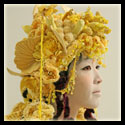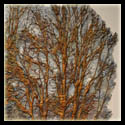I spent a little time this past weekend preparing some more fabrics to sell at Stashfest, as a donation to both the La Conner Quilt and Textile Museum and the Contemporary QuiltArt Association. These pieces were mostly started at our CQA meeting playdate, where we got together to create fabrics for this fun event.
This first piece was one that I made with a variety of techniques and materials. It is approximately 1 yard square of raw silk. I started with doing different stencil images using fabric marking pens. From there, I added some bits of Shiva Oil Paintsticks, with a rubbing plate. The final step was to overdye it with Dye-Na_flow.
It’s a little easier to see the detail in a close-up shot.
This lovely piece was created by one of the other members of CQA, using Shiva Oil Paintsticks and a rubbing plate. I love how she overlapped the designs, giving it a “spirograph” effect. I brought it home from the playday, ironed it to set the oil paint, and then overdyed it. The darker stripes of the fuscia dye that I used are created by bunching the fabric when it is drying. You’d think the darker would be in the gullys between areas that are bunched higher up, but instead, the dye actually travels up to the higher areas.
This piece is also harder to appreciate without the detailed photo, but it’s really fantastic! Again, another CQA member did the surface design and then I overdyed and ironed to set the colors. This was made with a thermofax silkscreen, which created the brown lines. Some of these were overlapped, making the darker brown sections.
In the detail photo below, you can see the block prints and shiva paintstick rubbings that also decorate this piece. About a yard square, this is made of white cotton, which I’ve then dyed.
 This final photo is of four roughly fat-quarters of raw silk, which I’ve dyed in various green shades. If I have time, I’ll probably add more surface design to them as well.
This final photo is of four roughly fat-quarters of raw silk, which I’ve dyed in various green shades. If I have time, I’ll probably add more surface design to them as well. Speaking of time… I’m off to a 5 day class in the morning at Gail Harker’s Center for the Creative Arts. I’m finishing up the 100 level certificate classes this week (with Experimental Hand Stitch) and will be going on to the 200 level coursework starting in May. That series will take about 2 years to complete, with classes every 3 months (and lots of homework in between!) If you’re interested in seeing the kind of work that comes from Gail’s students, check out my posts on her student’s exhibition, Complex Threads. I’ll update you on how the class is going this week!
You Might Also Be Interested In:
 |
 |
 |
| CQA Surface Design Party | Viewing for Inspiration | Complex Threads 1 |

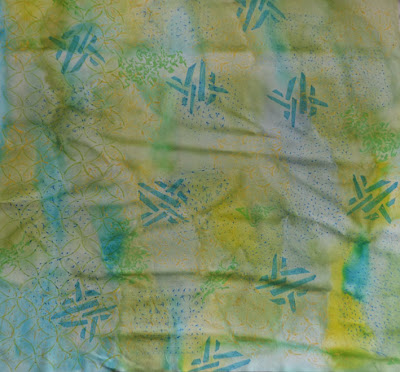
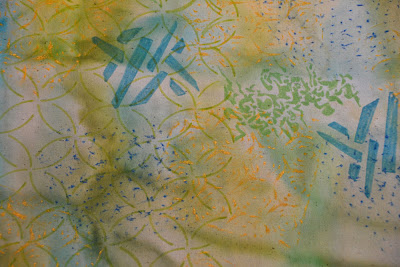

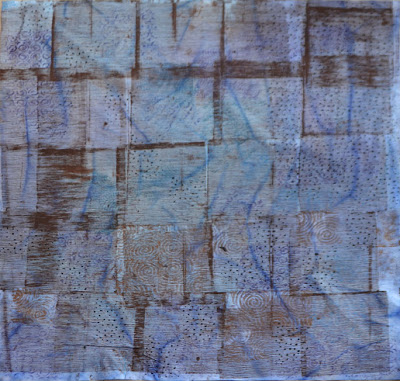











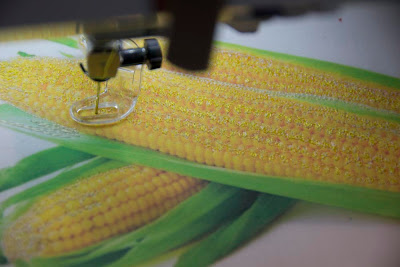




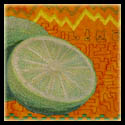

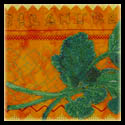



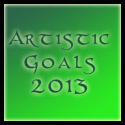
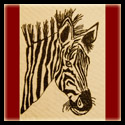
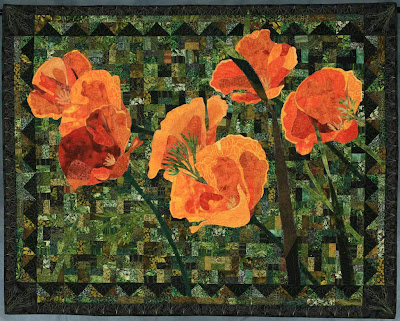









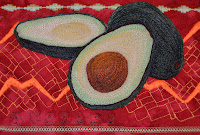


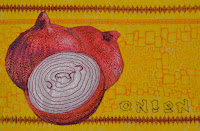

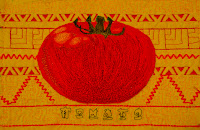




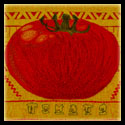
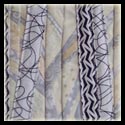






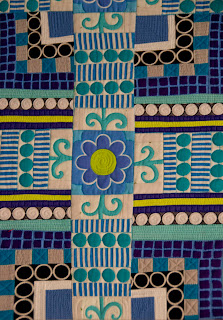






kopie.jpg)



